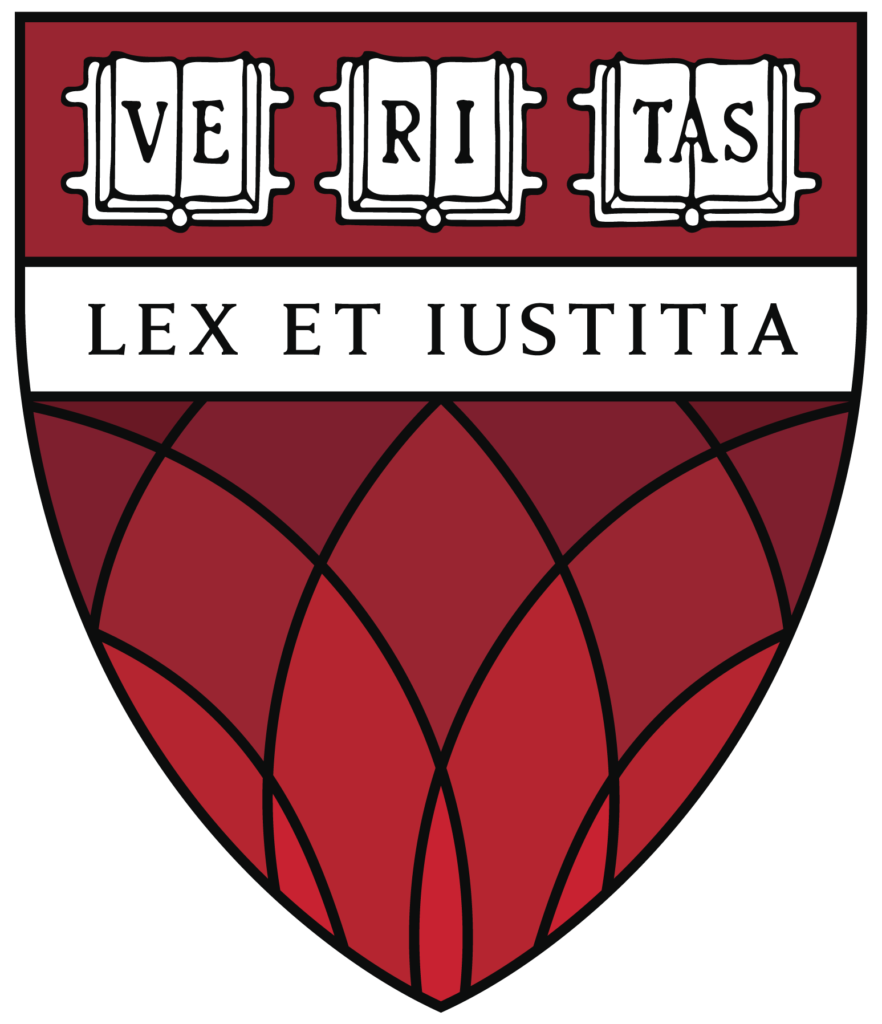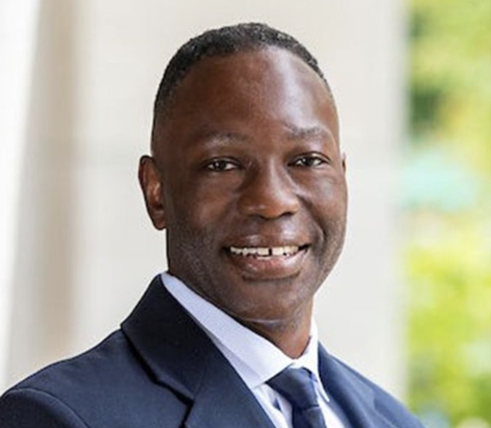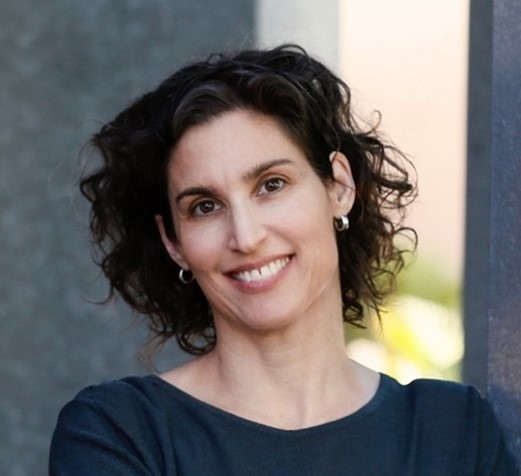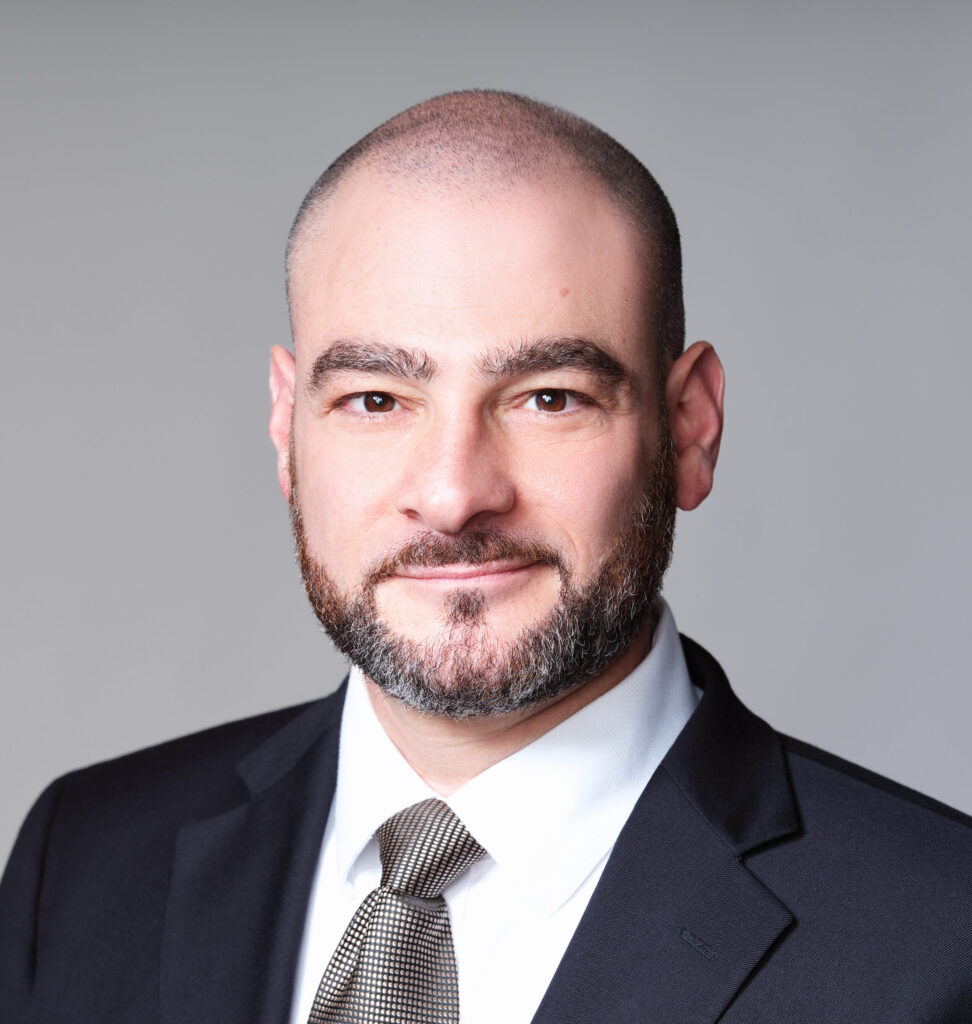




Welcome to the CRBW Voting Rights video casebook. The seven case videos in this curriculum have each been authored and narrated by a leading voting rights scholar. Each video is also accompanied by the original text of the Supreme Court case, marked up and annotated by the contributing scholar.
Students who watch all the videos will learn key aspects of the constitutional law of voting rights, as explained by some of its leading experts.
This curriculum was co-edited by Professor Guy-Uriel Charles and Professor Alexandra Natapoff.

Professor Tabatha Abu El-Haj
Drexel U. Thomas R. Kline School of Law
In this video, Professor Abu El-Haj explains how the Supreme Court established the foundational principle of one-person one-vote.

Professor Guy-Uriel Charles
Harvard Law School
In this video, Professor Charles explains how the Supreme Court upheld North Carolina’s literacy test requirement even though it was widely used to disenfranchise Black voters.

Professor Yasmin Dawood
University of Toronto Faculty of Law
In this video, Professor Dawood explains how the Supreme Court held poll taxes to be an unconstitutional violation of the Equal Protection Clause.

Professor Luis Fuentes-Rohwer
Indiana University Maurer School of Law
In this video, Professor Fuentes-Rohwer explains how the Supreme Court struck down Section 4 of the Voting Rights Act as unconstitutional, throwing doubt on Congressional authority and decades of voting rights jurisprudence.

Professor Michael Kang
Northwestern Pritzker School of Law
In this video, Professor Kang explains how the Supreme Court decided that the First Amendment bars constraints on independent electioneering expenditures, thereby deregulating a vast swath of election spending.

Professor Ellen Katz
University of Michigan Law School
In this video, Professor Katz explains how the Supreme Court created the basic framework for understanding and applying Section 2 of the Voting Rights Act and the meaning of racially polarized voting.

Professor Justin Levitt
LMU Loyola Law School, Los Angeles
In this video, Professor Levitt explains how the Supreme Court changed the core meaning of racial gerrymandering by permitting white voters to bring claims of discrimination.
These voting rights videos follow the same design model as all CRBW videos: in approximately 15 minutes, they teach students how to read a seminal Supreme Court case as a way of understanding a broad area of constitutional law. In this inaugural 2024-2025 edition, students and educators have free access to these new materials. Educators who register on the main registration page will receive instructions on how to register their students.